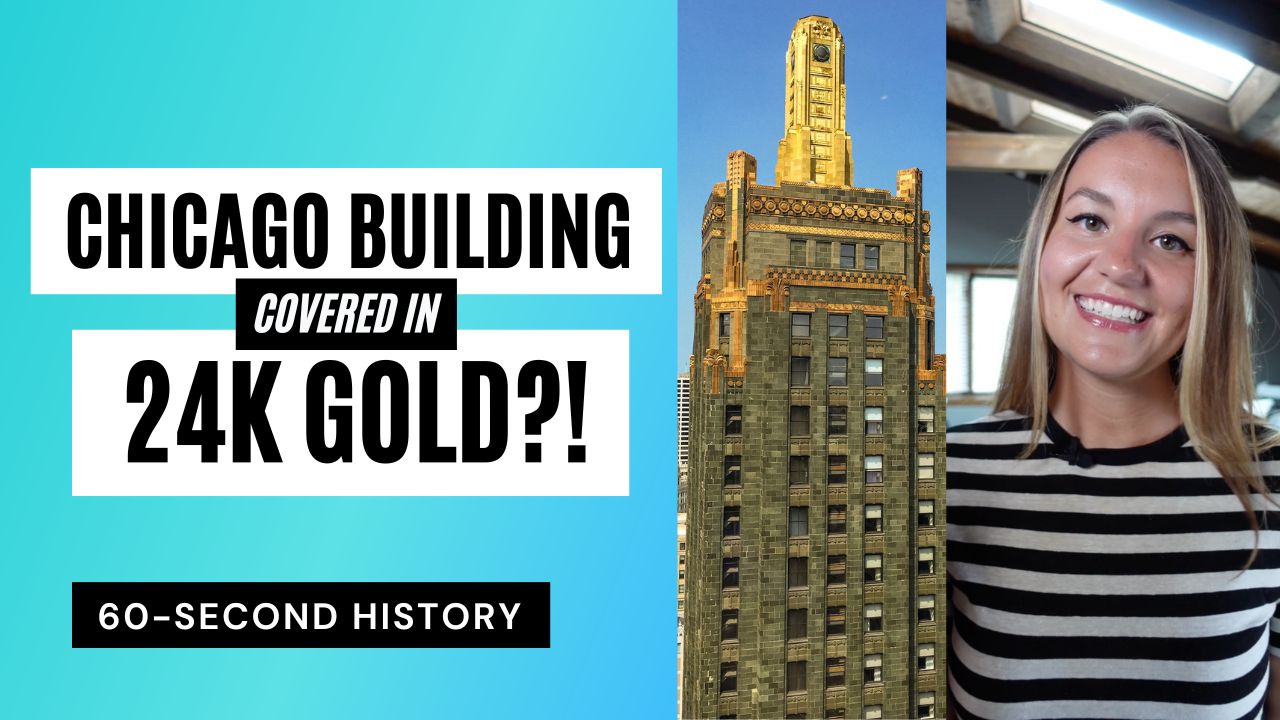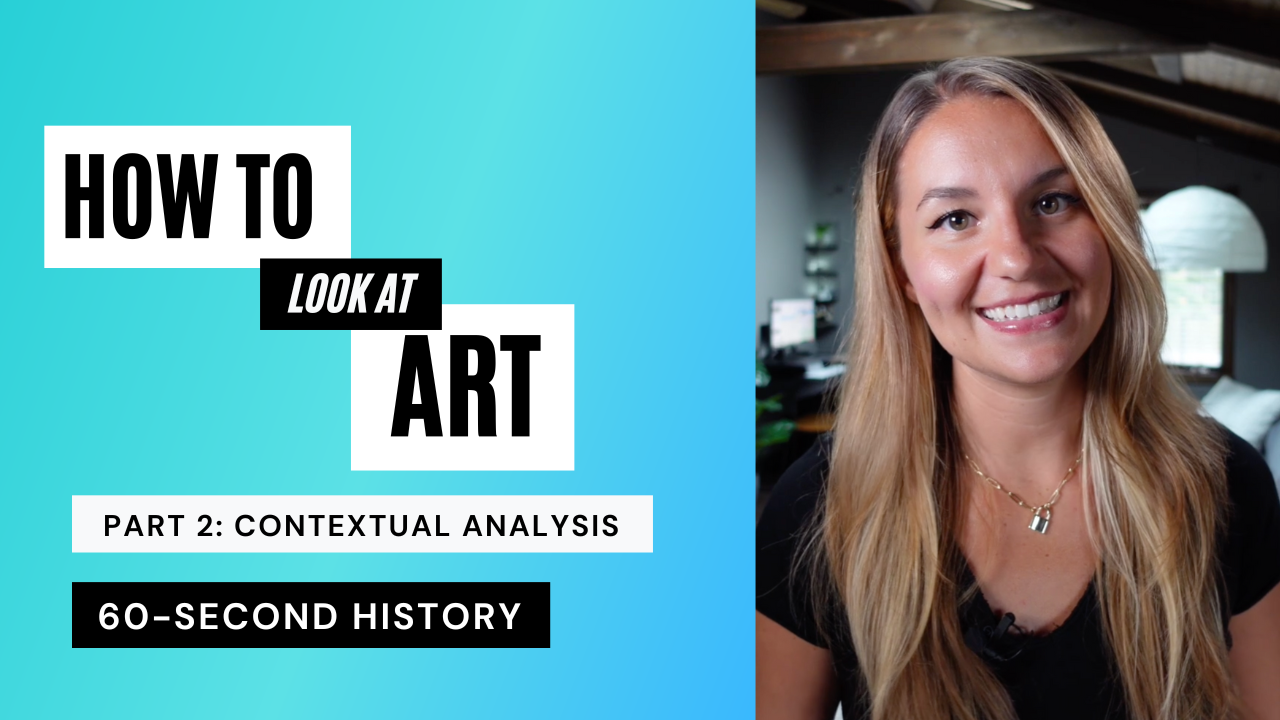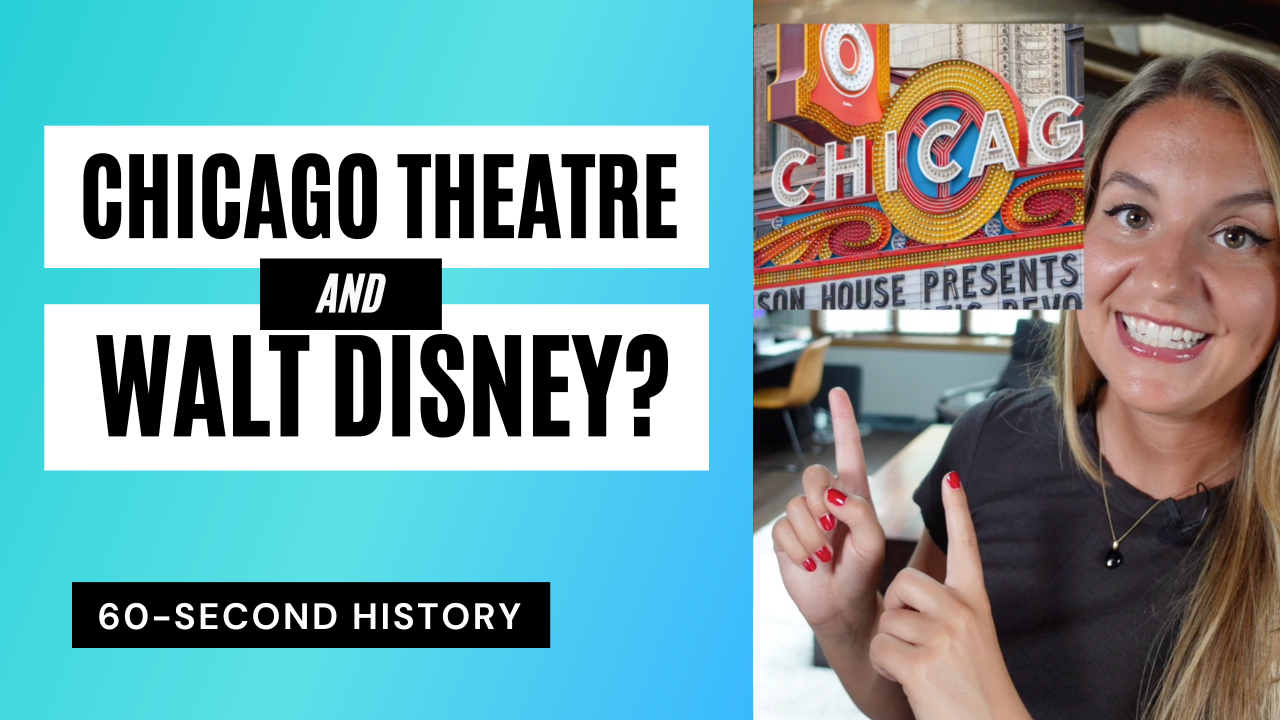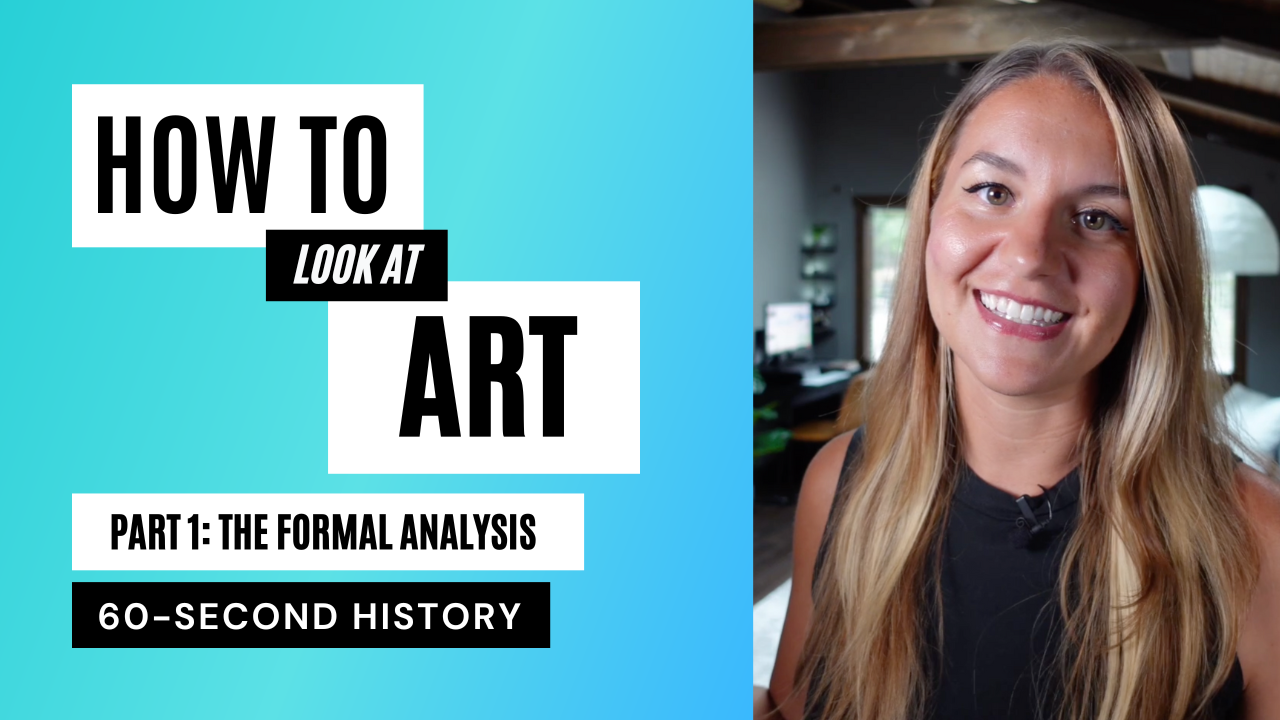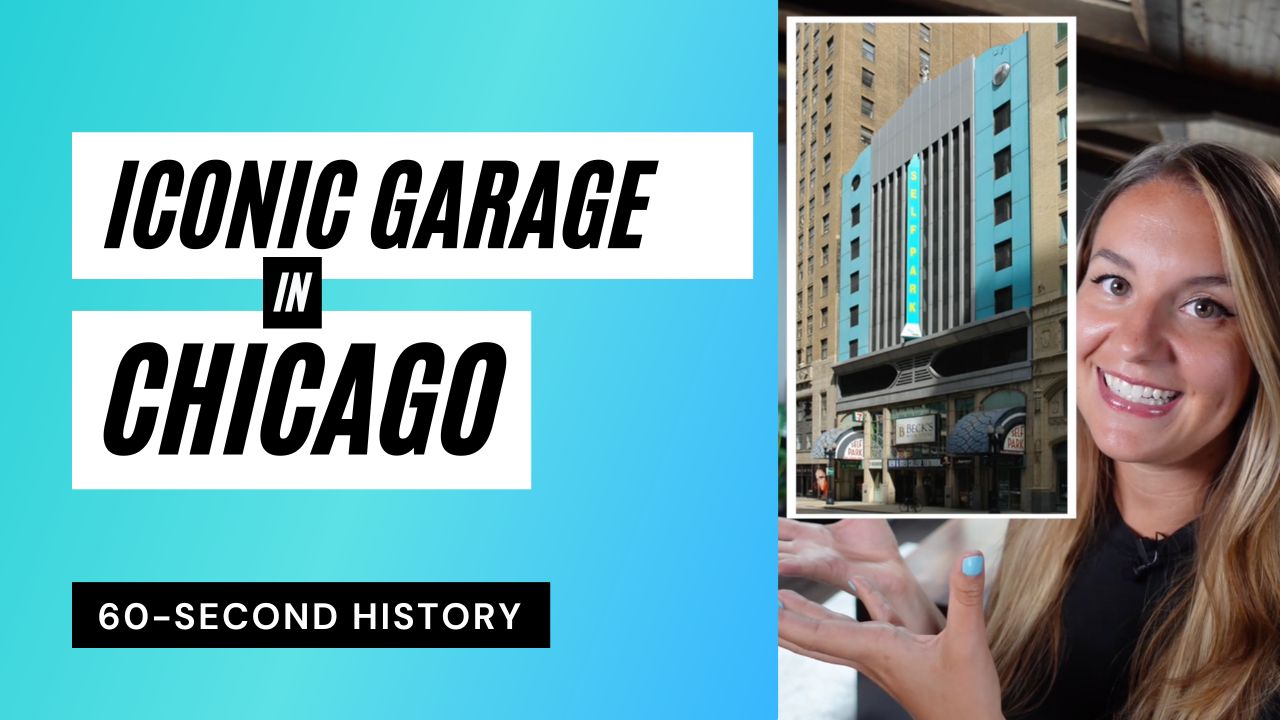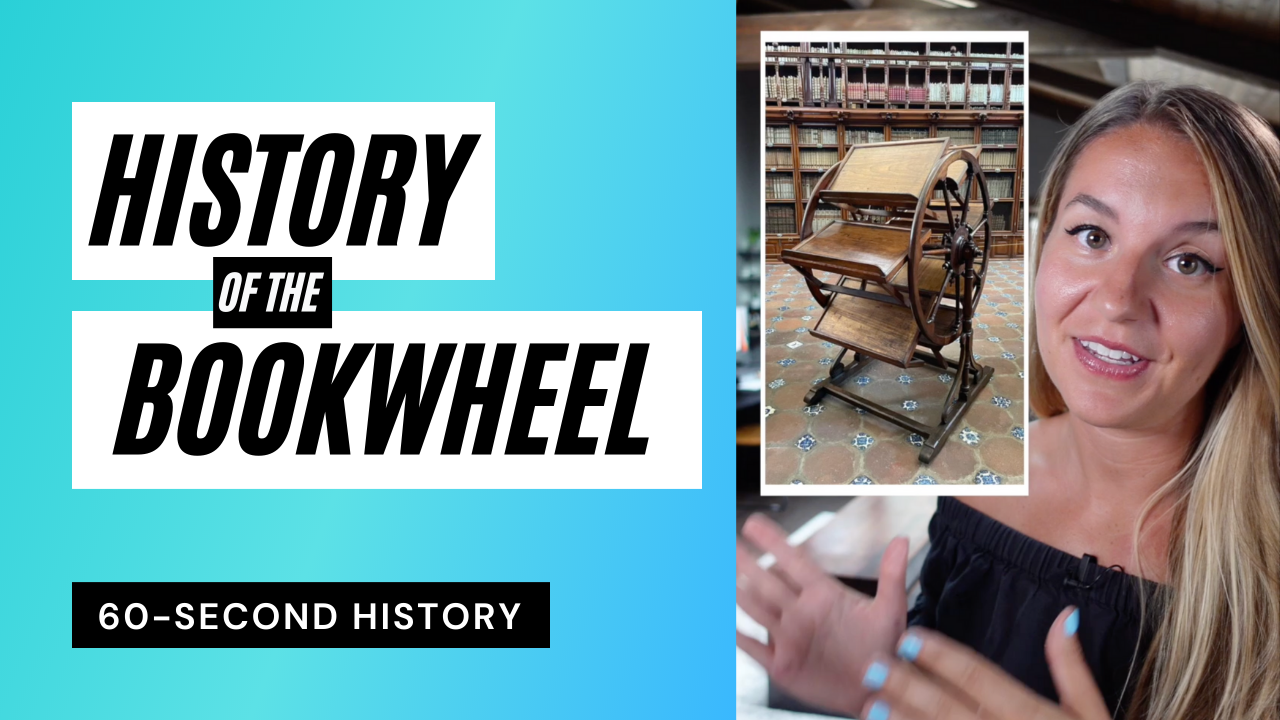What were the original colors for the Campbell’s soup can label?
In 1869, fruit merchant Joseph A. Campbell teamed up with Abraham Anderson, an icebox manufacturer, to create a canned food company.
They originally produced a wide variety of items including canned tomatoes, veggies, jellies, soups, condiments, and minced meats.
Anderson, who was a tinsmith, suggested that the original cans be made from tin.
In 1876, Anderson left the partnership, and the company became the “Joseph A. Campbell Preserve Company.”
Even though Anderson left, his son stayed at the company and worked as the creative director, designing the original Campbell’s Soup Cans.
What was the original color scheme? It was white and gold!
But wait, there’s more!
The next design, from 1897 was even weirder. It was blue and orange!
The label’s design was changed yet again a year later, in 1898, when Herberton Williams, a Campbell’s executive, convinced the company to adopt a carnelian red and bright white.
He had recently attended a U of Penn vs. Cornell football game and loved how dynamic and easily identifiable the red-and-white uniform of Cornell was to spot.
In addition to the striking red and white color scheme, the company has also kept the metallic bronze medal seal from the 1900 Paris Exposition where the company won an award for excellence.
The only thing that’s changed, however, is that instead of saying “Exposition-Universelle-Internationale,” the seal reads “Paris International Exposition.”


